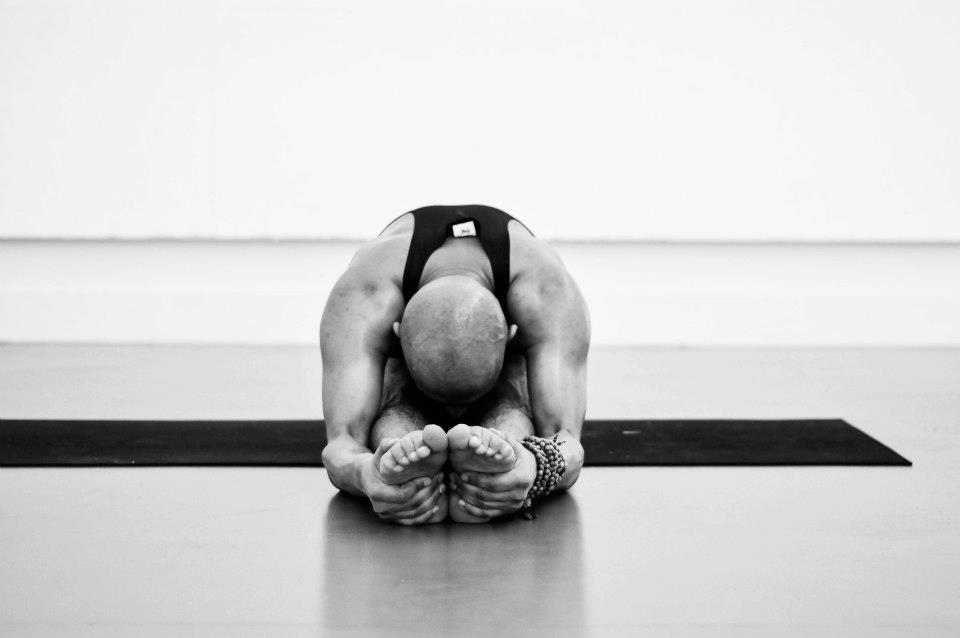
Eight limbs of yoga sutra
by sunil sharma
Patanjali's eight-fold path offers guidelines for a meaningful and purposeful life. Delve into this prescription for moral and ethical conduct and self-discipline.he eight limbs of yoga begin with the yamas and niyamas, laying the groundwork for the moral conduct needed to guide us on our yogic journey. The limbs end with samadhi: the ultimate goal of yoga.
Yama
The yamas are five ethics that focus on our relationships with others and set us up for a harmonious existence in society.
1. Ahimsa: the ethic of nonviolence. By embracing ahimsa you refrain from hurting yourself or others physically, verbally, or mentally.
2. Satya: the ethic of truth. This means truth in words, thoughts and deeds, and aligning what you say with what you do.
3. Asteya: the ethic of non-stealing. Fairly straightforward, this refers to not taking what is not yours.
4. Brahmacharya: the ethic of properly using your sexual energy. The point of this yama is to build the inner strength, vitality, and vigor needed for higher yogic practices.
5. Aparigraha: the ethic of non-collection. This yama encourages you to acquire only what you need and discourages you from attachment to worldly possessions.
Niyama
The niyamas are five principles that are oriented toward individual conduct and discipline. They encourage you to adopt a pure lifestyle and mindset to promote spiritual growth.
1. Saucha: the ethic of cleanliness. This refers not only to good hygiene, but to purity of food, mind, and surroundings.
2. Santosha: the ethic of contentment. It encourages you to be satisfied with what you have.
3. Tapas: the ethic of self-discipline. Through tapas, you develop the willpower needed to stay on the yoga path.
4. Svadhyaya: the ethic of self-study. This includes education and study of spiritual texts, as well as an understanding of our individual purpose in life.
5. Ishvara pranidhana: the moral observance of complete surrender to god. This practice redirects the energy you expend on earthly affairs to your pursuit of self-realization.
Asana
Asana is the physical practice of yoga, which is meant to purify the physical body and promote its long-lasting health. In a literal sense, you learn to find a steady and comfortable posture that can be sustained for a long period of time during meditation.
Pranayama
Pranayama, or breath regulation, forms a bridge between the three externally-centered limbs above and the four internally-centered limbs that follow. After preparing the body through asana, you control and expand the breath through pranayama to increase you life force. This helps to clear the mind of distraction and ignorance, preparing it for the next stages of yoga.
Pratyahara
Pratyahara is the practice of sensory withdrawal. Once the body and its energy are under our personal control, the senses must be mastered. When the mind is no longer a slave to the senses, it can progress on the spiritual path.
Dharana
Dharana means concentration, and this step is imperative for the next limb: meditation. Without concentration, meditation is impossible. You must first gain control over the body, prana, senses, and mind to be able to properly concentrate.
Dhyana
Dhyana is the practice of meditation. Meditation spontaneously arises through the uninterrupted flow of concentration. Hence, dharana must be mastered first before this limb can be achieved.
Samadhi
Samadhi comes through sustained meditation and is the highest goal of yoga. In this stage, the sense of ‘I’ or ‘me’ is surpassed. There are various levels of samadhi, but it’s the higher yogic samadhis that are needed to attain self-realization.
The limbs do build on one another, but their progression isn’t meant to be rigid. For example, someone might begin asana before they have mastered niyama, but still must follow the general progression of the eightfold path so that do not hit obstacles along the way.

sunil sharma
sunil sharma is a blogger, yogi, designer, engineer and humanitarian.